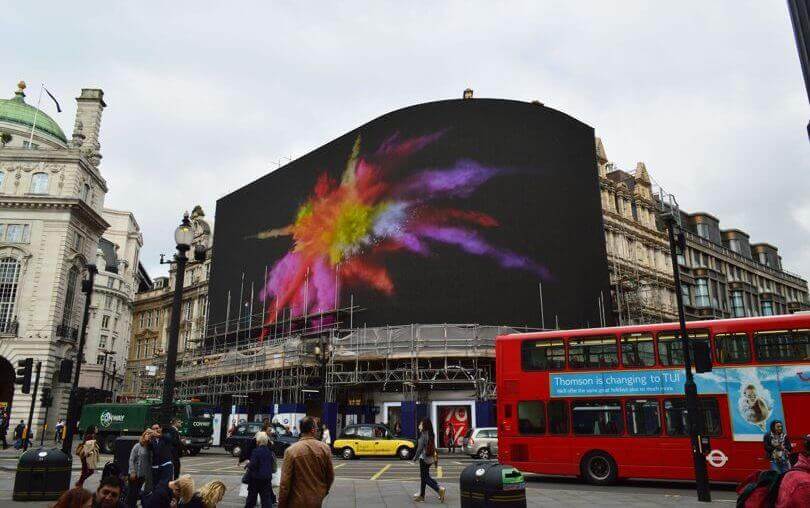Billboards are a requisite when it comes to advertising. Generally, the billboard is a static picture with a slogan or some other words on it, or maybe a sort of revolving picture in a more dynamic version. However, with the transient technology billboards have evolved with time. The current billboards have the potential to pick up on essential cues that enable them to tailor responses to the people in front of them. These are smart billboards equipped with responsive abilities. The smart billboards combine the recognition software with sensors for the environment and start offering responses to people depending on their age, gender, and the weather as well.

An excellent application was the new digital billboard in London’s Piccadilly Circus which used recognition technology to broadcast targeted advertisements based on the make of passing cars, the gender and the age of pedestrians. The screen wrapped around the facades of buildings overlooking the famous tourist destination. There are built-in cameras which are concealed within the screen and successfully track the make, model, and color of passing cars to deliver targeted adverts, according to Landsec, the company that owns the billboard named Piccadilly lights.
Brands are able to pre-programme fixed adverts to play when certain cars drive past and adapt to the age or gender of the passerby. The cameras and an algorithm register visual cues – for instance, hair length and height – to make assumptions on the demographics of the area. For example, if the algorithm detects a higher proportion of women in the area it could display promotions for women wear.




